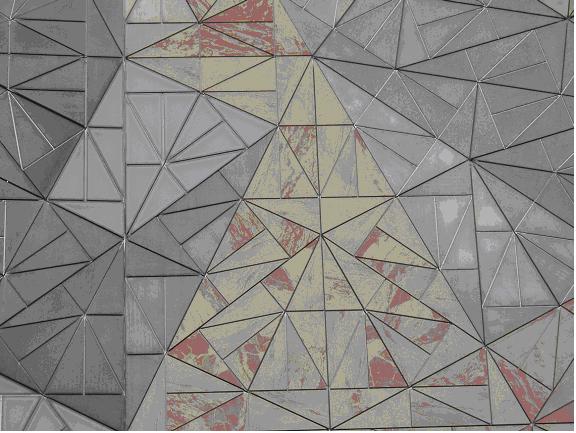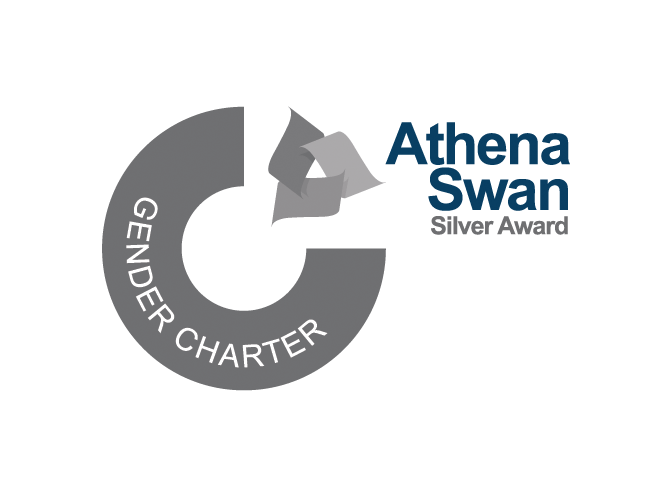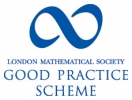Professor Uwe Grimm secures EPSRC New Horizons grant
Professor Uwe Grimm has secured a £201,914 EPSRC New Horizon's grant on Novel superior materials based on aperiodic tilings with co-investigators Iestyn Jowers and Richard Moat from the School of Engineering & Innovation.
The project summary is as follows.
Our world contains ample manifestations of order, both in products of human civilisation (such as art, music or architecture) and in the natural world (with crystals representing the ultimate ordered structure). The surprise discovery of quasicrystals, honoured with the 2011 Nobel Prize in Chemistry, inspires continuing research into properties and applications of these fascinating materials, which exhibit order without periodicity, and are formalised in the mathematics of aperiodically ordered structures.
Aperiodically ordered spatial arrangements open up fascinating opportunities of purpose-made structures, including smart materials. Additive Manufacturing makes it possible to produce such materials cheaply and reliably, with potentially huge impact across a vast area of applications, such as bespoke orthopaedic implants, one of a kind space components and aerospace components produced from valuable raw materials. The investigation of aperiodic metamaterials has only just begun, with an emphasis on photonic materials; there have been no attempts as yet to explore materials with superior mechanical properties based on aperiodic arrangements.
For instance, cellular structures are used as a means of tailoring the stiffness of orthopaedic implants to match that of the receiving bone. The current state of the art employs cubic or hexagonal lattices, which result in undesirable mechanical anisotropy, often requiring over-engineering to ensure sufficient mechanical performance. To recreate the pseudo-random structures present in bone in a repeatable fashion using digital manufacturing is a key limitation in the realisation of 'print- to-order' orthopaedic implants. Aperiodic structures have a key advantage: they can realise higher symmetries that are incompatible with lattice periodicity, making it possible to avoid anisotropies while maintaining a well-defined, deterministic, algorithmically reproducible structure.
The proposed research will lay the mathematical groundwork for applications. We will create, establish, evaluate and verify mathematical models to determine the elastic properties of nearly isotropic cellular materials based on aperiodic tilings.


